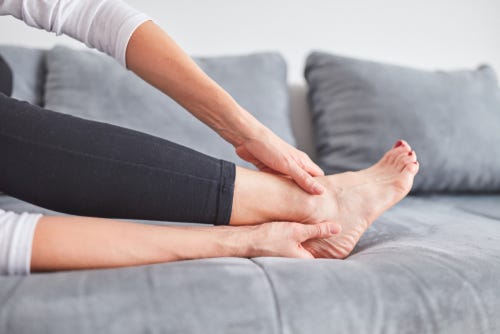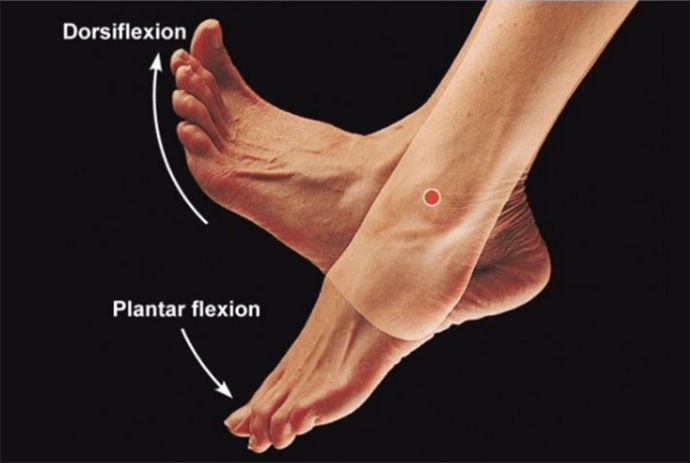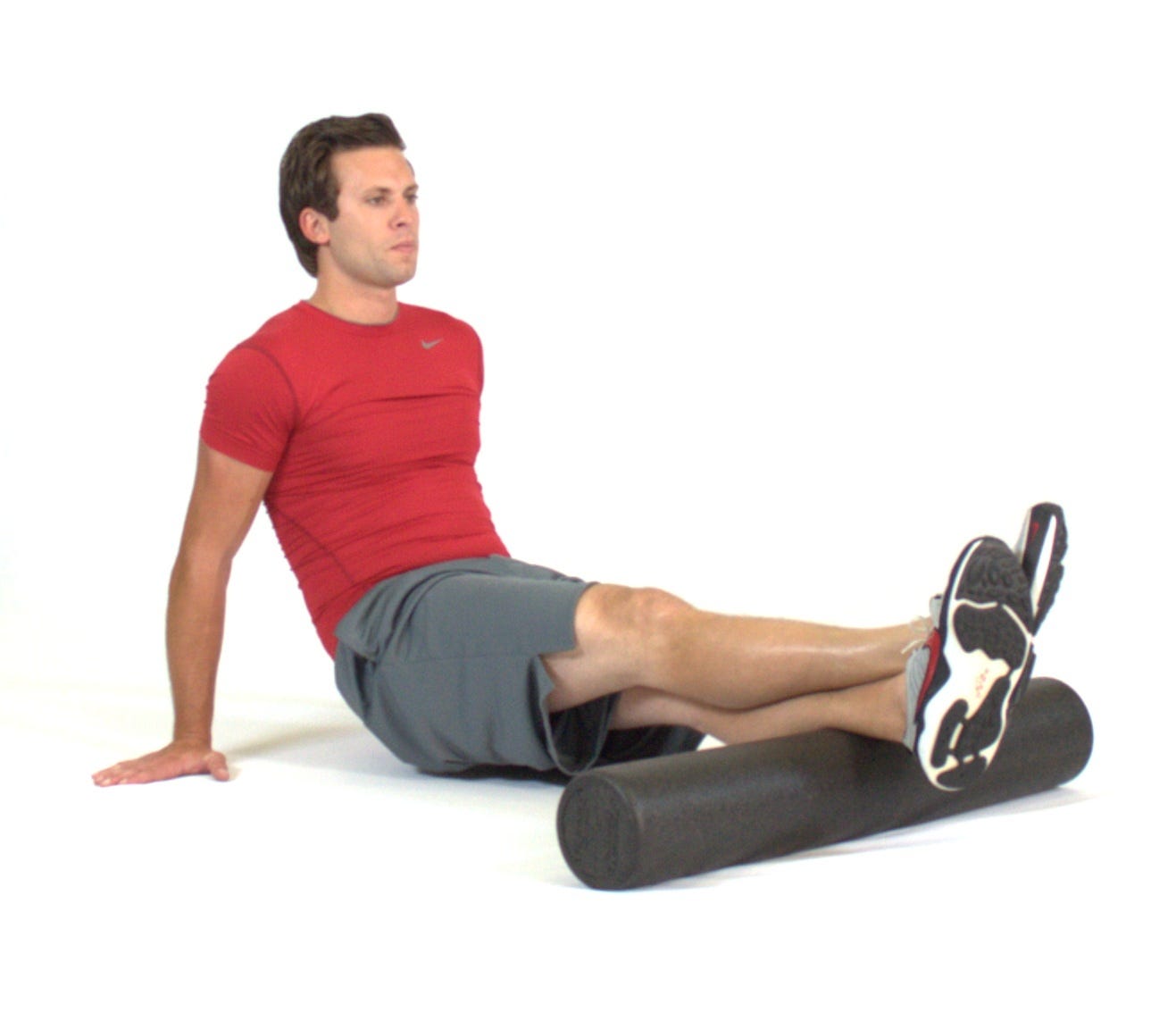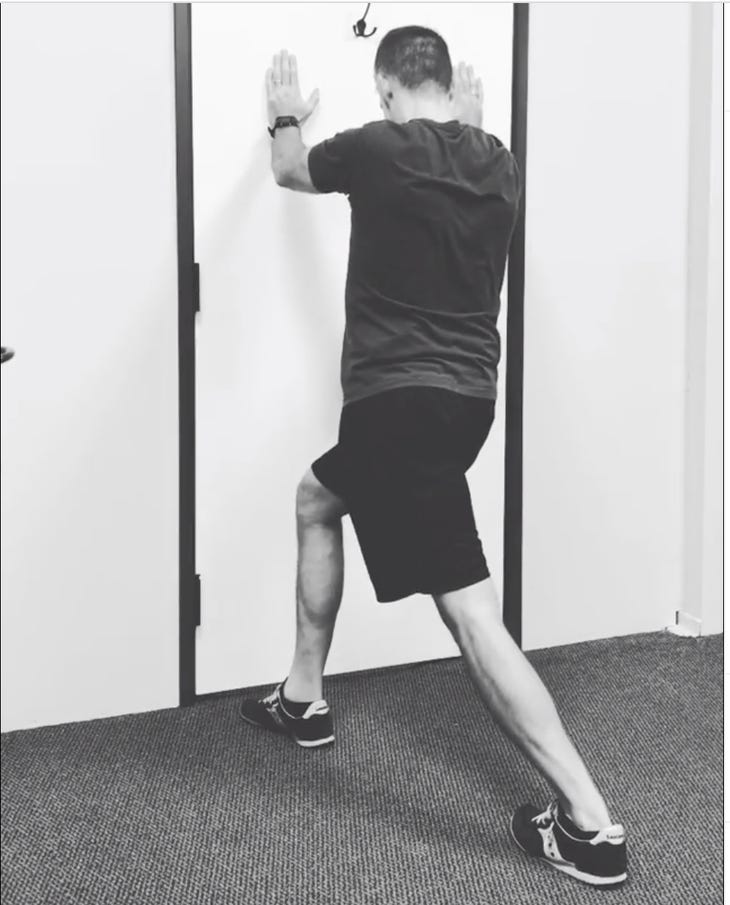
In my last 2 posts, I presented information on enhancing knee stability through improving motor control and strength of the hips. I also reviewed correlations between ankle stiffness and patellofemoral pain. In the following paragraphs, I would like to cover other complications of stiff ankles, and interventions used to improve ankle range of motion, as methods to help reduce pain and optimize knee kinematics.

Reduced dorsiflexion (RD) may result from shortening or contracture of the gastrocnemius or soleus muscles, bony restriction, structural abnormalities of the forefoot, or pathologies causing joint stiffness (Young, Nix, Wholohan, Bradhurst, & Reed, 2013). As a group, RD, reduced knee flexion, and increased valgus collapse have been implicated as postures related to patellofemoral pain syndrome (Macrum, Bell, Boling, Lewek, & Padua, 2012). Additionally, RD has been linked in metatarsalgia, ankle sprain and medial tibial traction periostitis as well as achilles tendinopathy, plantar fasciopathy and gastrocnemius strain in sporting populations(Young et al., 2013). These are conditions that can occur when the ankle is stiff. If this is true, what are the best steps to restoring ankle dorsiflexion?

Of particular interest is the approach Young et al. (2013) used. That is, they researched interventions for healthy individuals as opposed to people already experiencing ankle pain. Thus, it allows exercise professionals, who cannot treat clients in pain, the chance to intervene while staying within their scope of practice, provided they do not use hands-on modalities.

Young et al. (2012) found that stretching alone and the use of stretching in conjunction with ultrasound therapy, superficial moist heat, warm- up and heel raise exercises were associated with gains in ankle dorsiflexion compared to controls. However, they also found insufficient evidence to suggest that soleal trigger point therapies, ankle joint mobilizations or manipulations were associated with statistically significant gains in ankle dorsiflexion ROM in healthy individuals.
The salient point that may be derived from this meta-analysis is that there are benefits from stretching the calves, especially when combined with other modalities. As exercise professionals, this evidence helps support the notion of combining stretching with warm-ups, self-myofascial release techniques, and application of heat to yield better outcomes. In this way, we are afforded the opportunity to intervene, in a preventative fashion, to help reduce the chances of patellofemoral pain associated with ankle stiffness.
References
Macrum, E., Bell, D. R., Boling, M., Lewek, M., & Padua, D. (2012). Effect of limitingankle-dorsiflexion range of motion on lower extremity kinematics and muscle-activation patterns during a squat.Journal of Sport Rehabilitation. 21(2), 144-150.
Effect of limiting ankle-dorsiflexion range of motion on lower extremity kinematics and muscle-activation patterns during a squat
Young, R., Nix, S., Wholohan, A., Bradhurst, R., & Reed, L. (2013). Interventions for increasing ankle joint dorsiflexion: a systematic review and meta-analysis. Journal of Foot and Ankle Research. 6 (1), 2-18.
Interventions for increasing ankle joint dorsiflexion: a systematic review and meta-analysis
-Michael McIsaac
